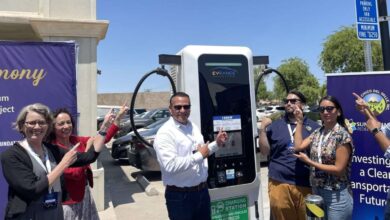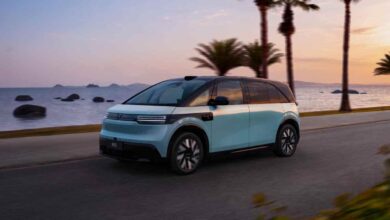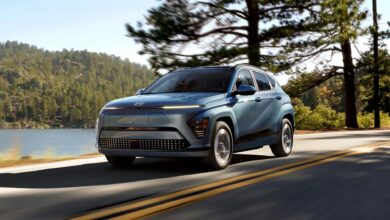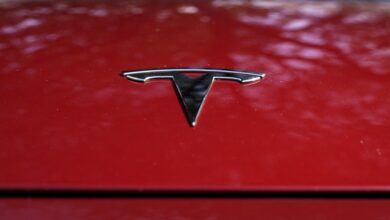The “Godlike” Battery That Defies Electric Vehicle Limits

Imagine a future where electric vehicles (EVs) no longer linger hours at charging stations – a future where the freedom of the road is truly electric. The titan of battery technology, Contemporary Amperex Technology Co., Ltd. (CATL), unveils its trailblazing creation — the Shenxing battery, a name with an aura of divine power, signifying “movement like a god.” CATL isn’t just inching forward; they’re catapulting EV capabilities into a realm previously dominated by petrol, promising a recharge revolution with mythological might.
From New York’s bustling streets to Boston’s historic alleyways, electric vehicles may soon whisper along the 215-mile trace on a mere 10-minute charge akin to the time-honored gas station pit-stop, as heralded by Gao Han, the technical architect leading CATL’s electric chariots. Digest that reality for a moment – 400 kilometers (250 miles) on the odometer with a pause shorter than the average coffee break. This is the promise of Shenxing, lauded as “the world’s first 4C super-fast charging LFP battery” (CATL.com).
LFP technology, which stands for Lithium Iron Phosphate, is akin to the stoic tortoise in the race of battery chemistries. Its resilience and reliability have kept it in favor, but until now, its modest energy density left it trailing in the sprint for range. However, CATL’s Shenxing is poised to shift the narrative, demonstrating that LFPs can play the hare when necessity sparks innovation.
Let’s not forget, this isn’t a leap into the void. The likes of Tesla’s Model 3 RWD have already embraced the stability of LFPs in China, and energy storage solutions are nodding in agreement (Tesla.com). And with CATL’s mass production gears turning by the end of 2023, deliveries estimated to roll out in 2024, the question isn’t “if” but “how quickly” will market titans like Tesla incorporate Shenxing into their fleets.
But all is not a serene sea in the empire of electric mobility. As the Chinese government tapers off its subsidies and the aftershocks of a post-pandemic economy still resonate, CATL’s celestial aspiration arrives amid stormy seas. Nevertheless, it stands as a beacon against competitors such as the formidable BYD (BYD.com), signalling that innovation is the lifeboat steering away from turbulent tides.
Why Shenxing, why now? Because if the road to electrified transportation is to be truly democratized, it requires shattering the hourglass impeding EV adoption – long charging times. Innovation in the realm of LFPs, a battery type known for its high accessibility, uncompromised safety, and indomitable stability, didn’t stop at energy density’s doorstep. CATL’s efforts ensure that the LFP’s next act on the EV stage delivers a performance worthy of ovation.
Stick around for the EV narrative reshaped by Shenxing’s prowess, for this isn’t just about battery chemistry – it’s about rewriting the distance between possibility and the everyday driver. It’s not just a breakthrough; it’s a signpost pointing to a future where electric roads are the norm, and range anxiety is but a myth, as faded as the era of exhaust fumes and fuel gauges.
FAQ:
**What is LFP technology?**
LFP stands for Lithium Iron Phosphate, a type of lithium-ion battery known for excellent chemical stability and longevity. It is notable for its affordability and safety profile.
**How does the energy density of LFP batteries compare to other types?**
LFP batteries typically have a lower energy density compared to other battery chemistries, which can result in a limited driving range for EVs.
**When will CATL begin mass production of the new battery?**
CATL aims to begin mass production of the next-generation LFP battery by the end of 2023, with deliveries starting in 2024.
**Who are the main competitors to CATL in the battery market?**
One of the main competitors to CATL is BYD, who also specializes in battery manufacturing.

Marcin Frąckiewicz is a renowned author and blogger, specializing in satellite communication and artificial intelligence. His insightful articles delve into the intricacies of these fields, offering readers a deep understanding of complex technological concepts. His work is known for its clarity and thoroughness.



